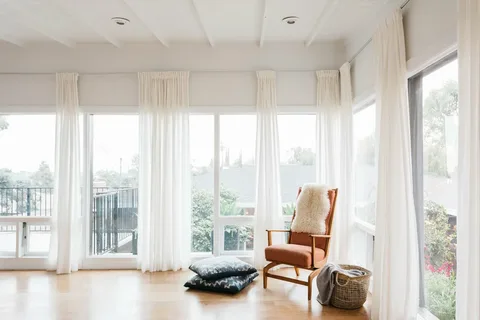Every home relies on windows not only for ventilation and light but also for style and comfort. Over the years, designs have evolved from simple openings to modern, expansive glass panels. Among the most striking choices are floor to ceiling windows, which create stunning visual impact while flooding interiors with daylight. Understanding how standard windows and full-height designs differ helps homeowners make the right investment.
What Are Standard Windows?
Windows come in many forms—single hung, double hung, casement, sliding, awning, and more. Each type is designed for a specific purpose, whether maximizing airflow, saving space, or offering a classic look. Standard windows are versatile, available in countless shapes, sizes, and materials, making them adaptable to any style of home.
Benefits of Standard Windows
The biggest advantages of windows are flexibility and affordability. Homeowners can select from a wide range of styles to match functionality with design. Standard sizes make installation simpler and often less costly, while features like double or triple glazing improve energy efficiency. With options for wood, vinyl, aluminum, and fiberglass frames, standard windows offer both traditional and modern appeal.
What Are Floor to Ceiling Windows?
Floor to ceiling windows are oversized glass panels that extend from the floor to the ceiling, often spanning entire walls. They are designed to maximize natural light, create seamless indoor-outdoor connections, and make rooms feel larger and more open. Popular in contemporary architecture, they are especially common in living rooms, dining areas, and bedrooms with scenic views.
Benefits of Floor to Ceiling Windows
The appeal of floor to ceiling windows is undeniable. They bring in abundant natural light, reducing the need for artificial lighting during the day. Their expansive design enhances views, making outdoor landscapes a focal point of the interior. They also add a modern, luxurious touch to any home. When paired with energy-efficient glazing, they can still provide good insulation despite their size.
Cost and Practical Considerations
Both windows and floor to ceiling windows vary in price depending on materials, glass type, and customization. Standard windows are generally more budget-friendly, ranging from $150 to $1,000 each. Floor to ceiling windows are more expensive, often starting around $1,500 and climbing into the tens of thousands for custom wall-sized installations. Maintenance and privacy are additional considerations, as larger windows may require specialized cleaning and treatments like blinds or smart glass.
Conclusion
The choice between windows and floor to ceiling windows comes down to balancing design aspirations with practicality. Standard windows offer flexibility, affordability, and efficiency, making them suitable for nearly any home. Floor to ceiling windows, meanwhile, provide breathtaking views, abundant light, and a modern aesthetic that transforms spaces. By considering budget, lifestyle, and architectural style, homeowners can select the option that best enhances their home’s beauty and functionality.






